Don Weidemann, an independent living resident at Chapel Pointe, picked up bird watching as a missionary in Hong Kong and has continued birding ever since, making him an experienced international birder!
Through birding, Don has met countless people, sparked many conversations, and learned much. There’s also a peaceful element of being surrounded by nature. “It is a great way to spend time outdoors and enjoy some quiet time” Don says.
The Cumberland Valley is a birdwatching paradise. The South Mountain was designated as one of the Audubon Society’s Important Bird Areas because of the high density of birds that breed in the area.
Many birds also migrate through the Cumberland Valley. In fact, Kittatinny Ridge, home of Waggoner’s Gap Hawk Watch, has one of the largest concentration of raptors in the United States. Whether looking for native birds or those just flying through, Cumberland County’s vast variety of habitats means there’s something new to spot for everyone, especially this time of year.
Don has started photographing the birds he sees, including these beauties from our area:
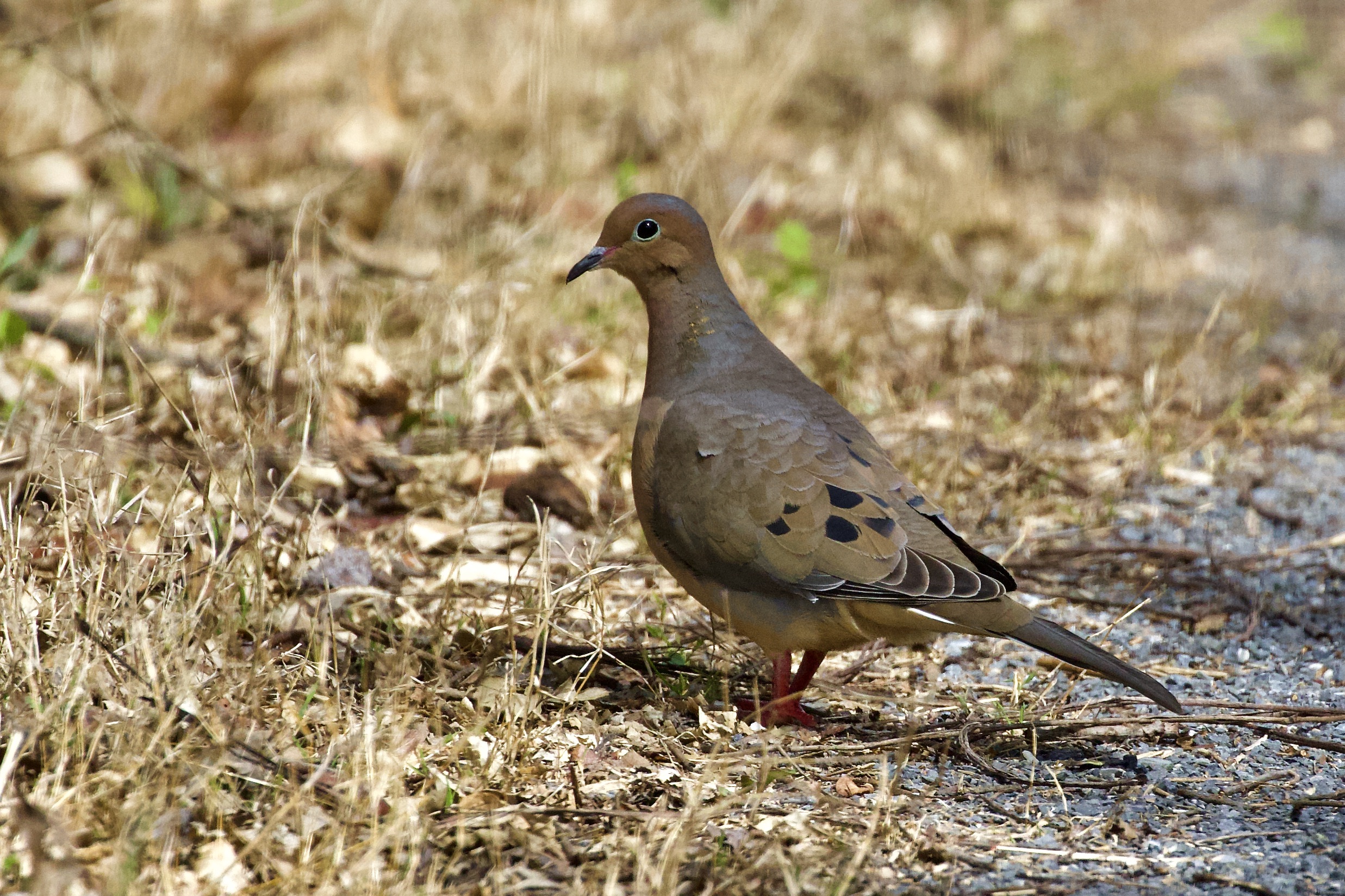
Mourning Dove
The Mourning Dove earned its name because the soft, lengthy calls they make sound like laments. This bird is very common all across the United States and can often be found searching for seeds on the ground or perched on a telephone wire.
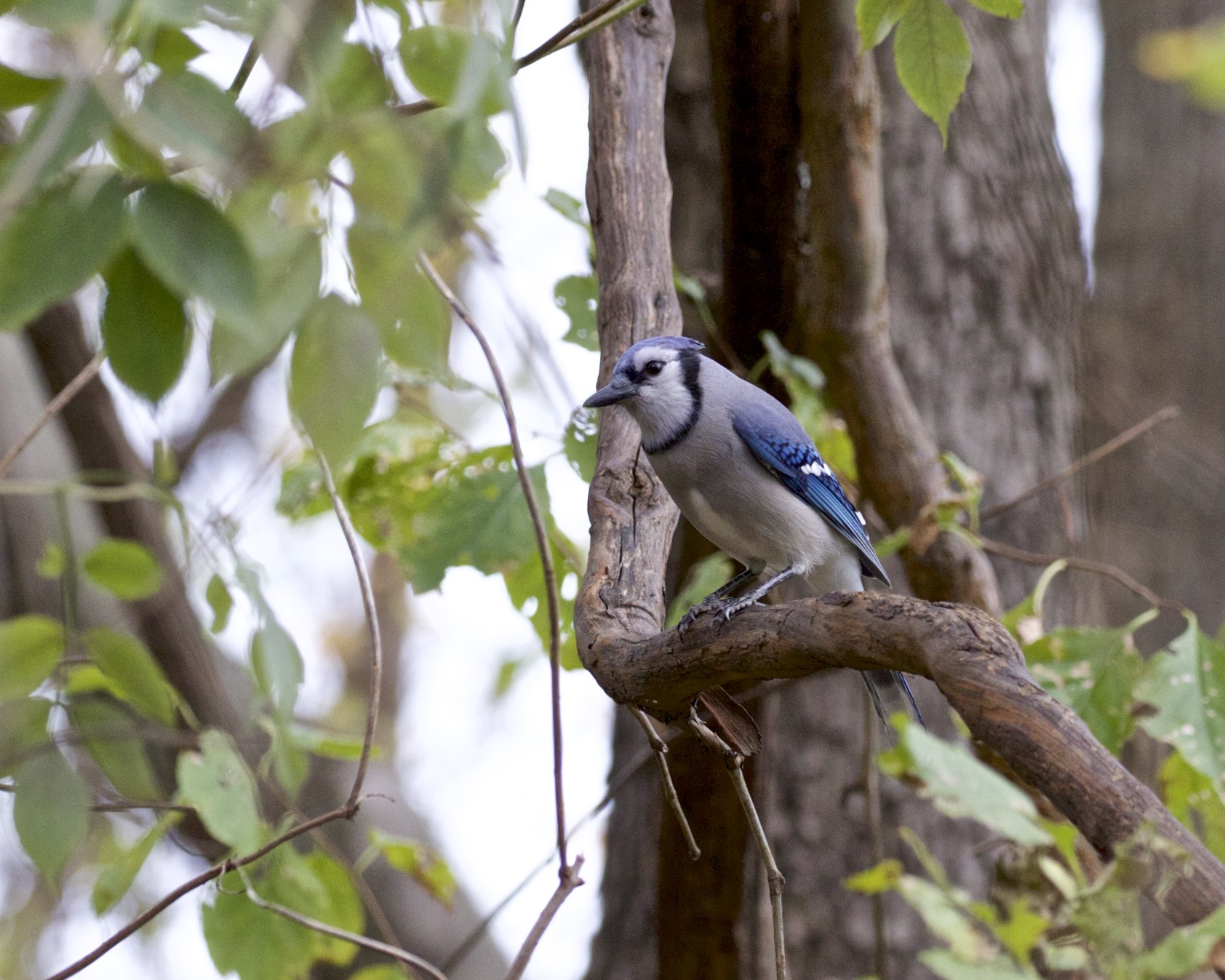
 Blue Jay
Blue Jay
It is not uncommon to spot a Blue Jay come springtime near Chapel Pointe. Their bright blue crest and wings give them away to even novice birders. However, their loud, noisy calls which range from a soft whisper and gurgling sounds to a loud jeer also alert birders of their presence.
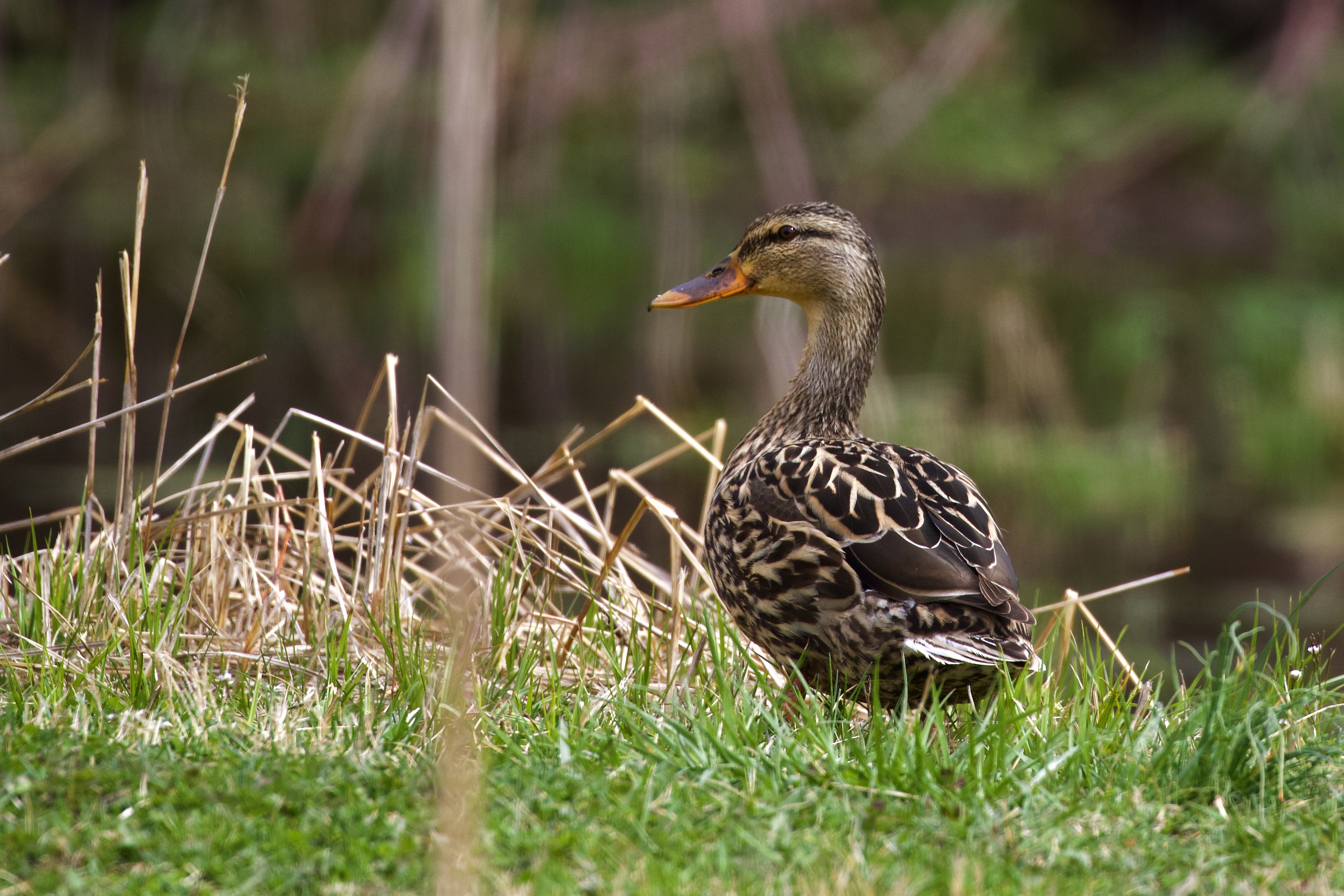
 Mallard Duck
Mallard Duck
A children's favorite, Mallard Ducks provide hours of entertainment as they splash into the water, bob under to feed, waddle around trailed by ducklings, and venture near to humans for food. Males can be identified by their dark green heads and yellow bill. Females are brown with orange-brown bills.
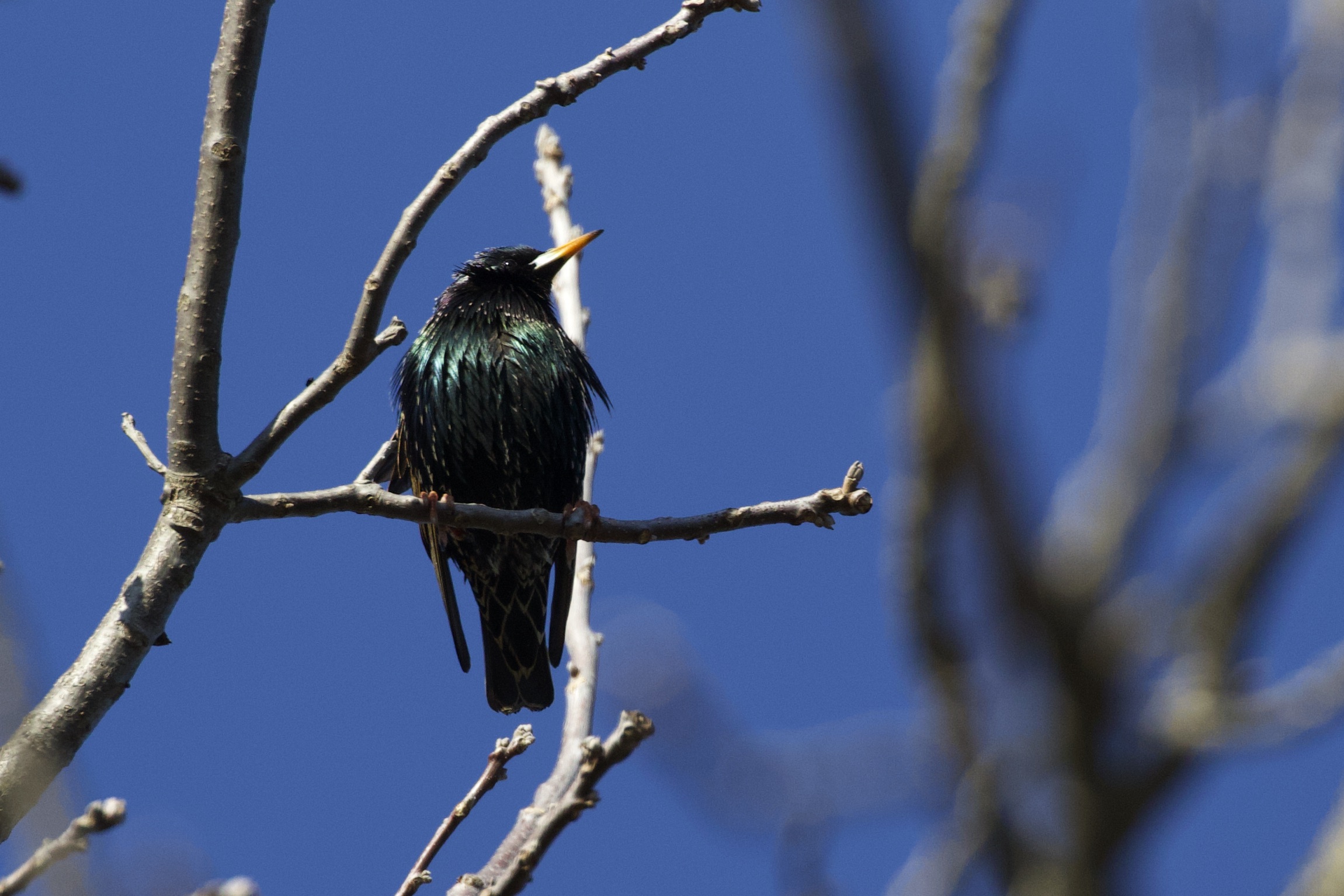
Starling
The Starling got its name because when flying in the air, the short and pointed wings that stick out make the bird look like a small four-pointed star. From far away this bird looks black, but look closer and you will see streaks of purple, blue, and green in their feathers during the summer months. Don’t be fooled; Starlings can look completely different in the winter, as their feathers turn brown with white spots.

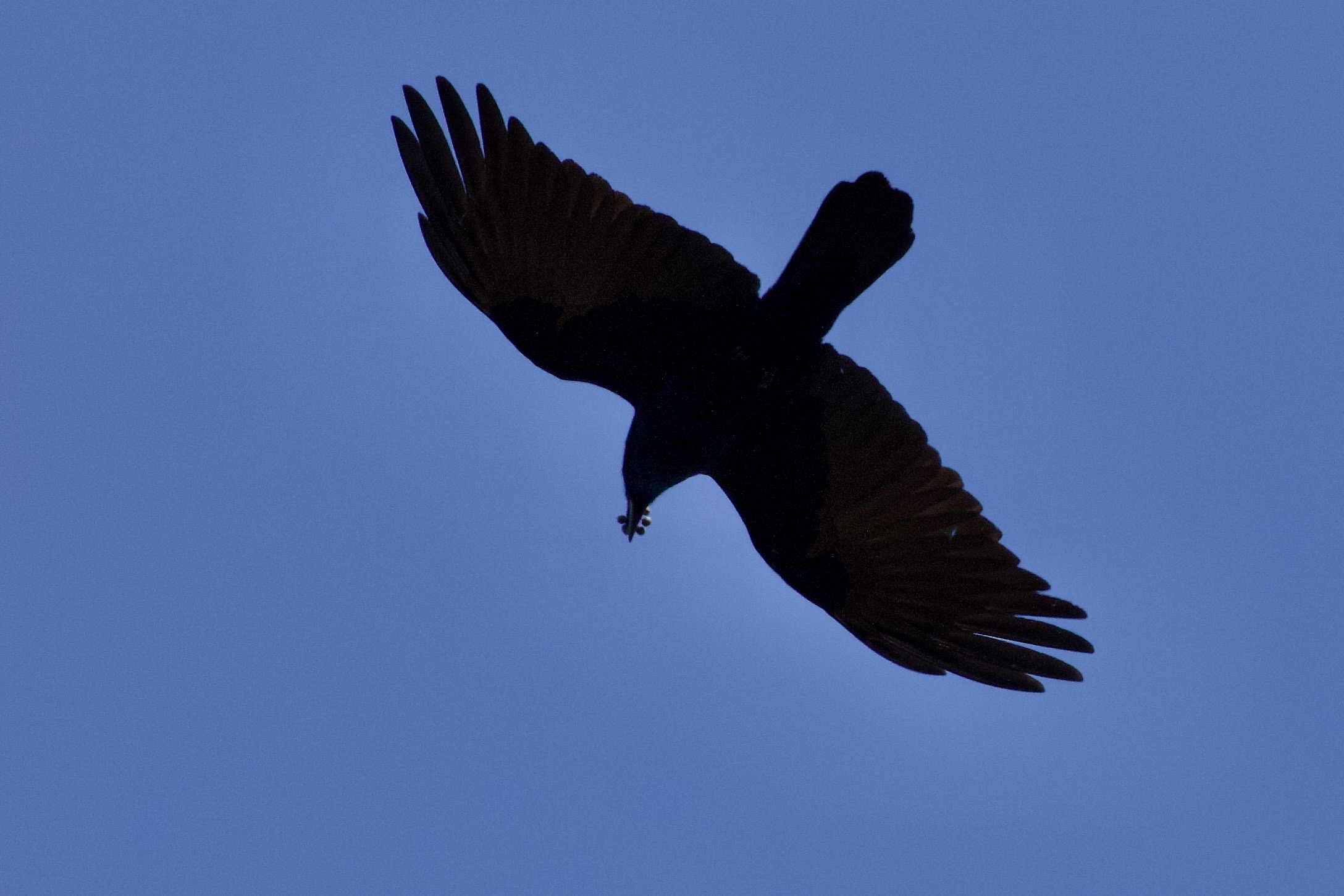
Fish Crow
One of the things that makes the Fish Crow unique is that when it finds a surplus of food, it will hide its “leftovers” in grass, moss, or tree bark to save it for later. They are almost interchangeable in looks with the American Crow but what sets them apart is their nasal calls, which are much softer than the American Crow’s.

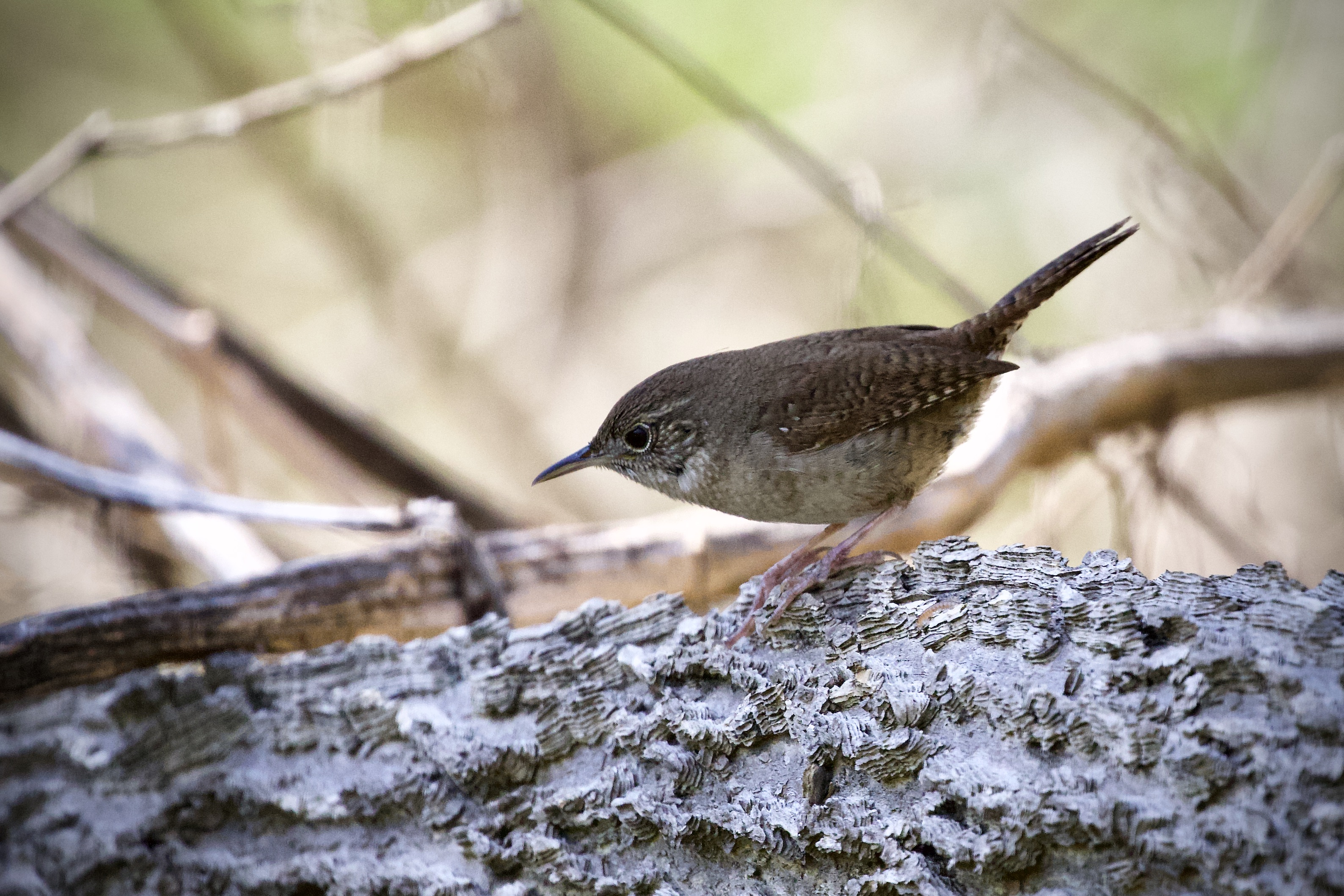
House Wren
Given their name, House Wrens love to use man-made nest boxes, boots, or old shoeboxes to nest in and call home. They harass and pick fights with other birds to try to win a nest box of their own. These birds are exceptionally light, weighing about as much as just two quarters, allowing them to travel across the entire United States to mate and migrate.

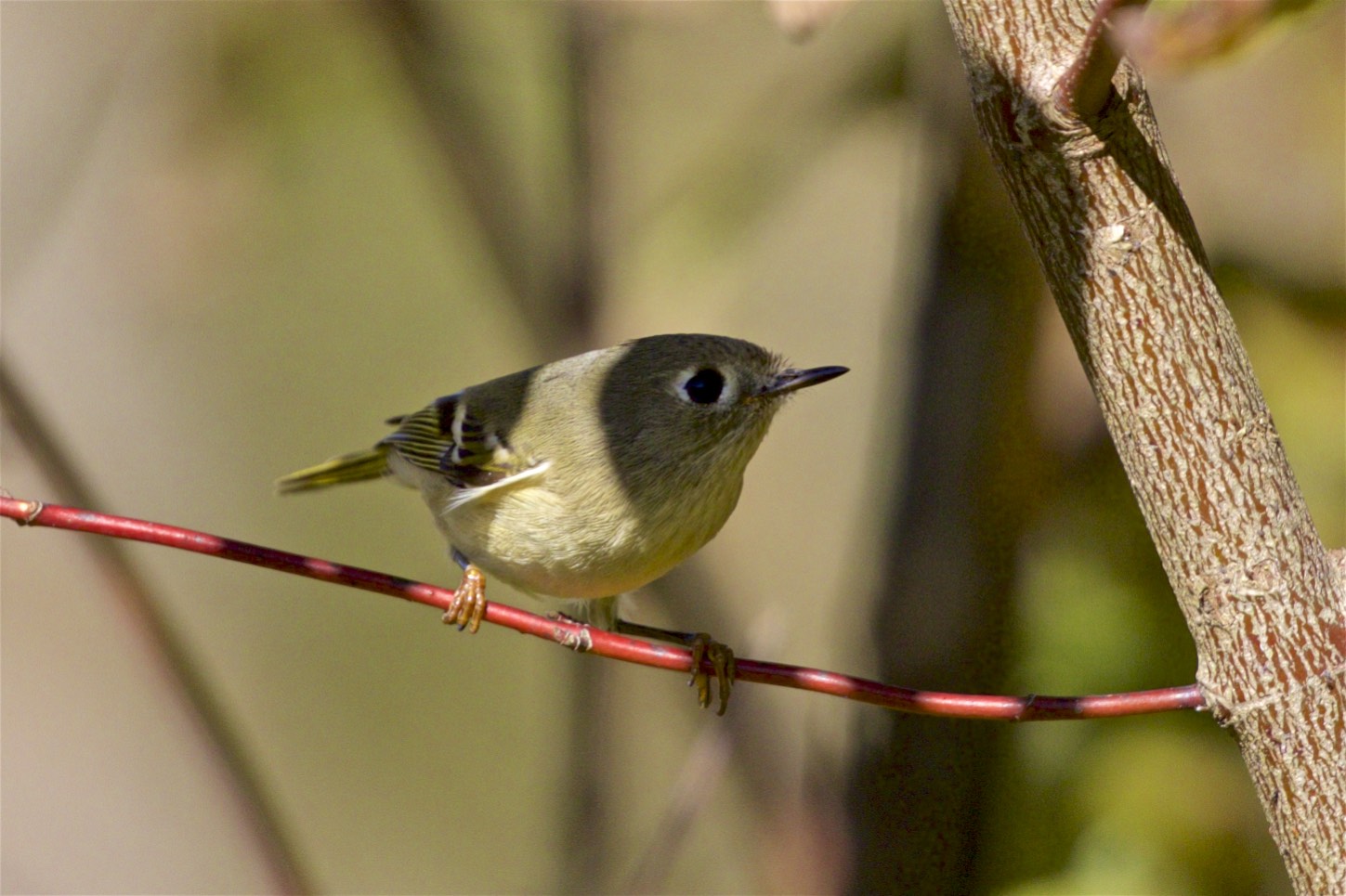
Ruby-Crowned Kinglet
This bird is unlike many others with relatively no neck, thin tail, slender beak, and compact body. Ruby-crowned Kinglets are olive green, and male Kinglets have a bright ruby-colored crown on the top of their head, which is only visible when flashed by the bird.

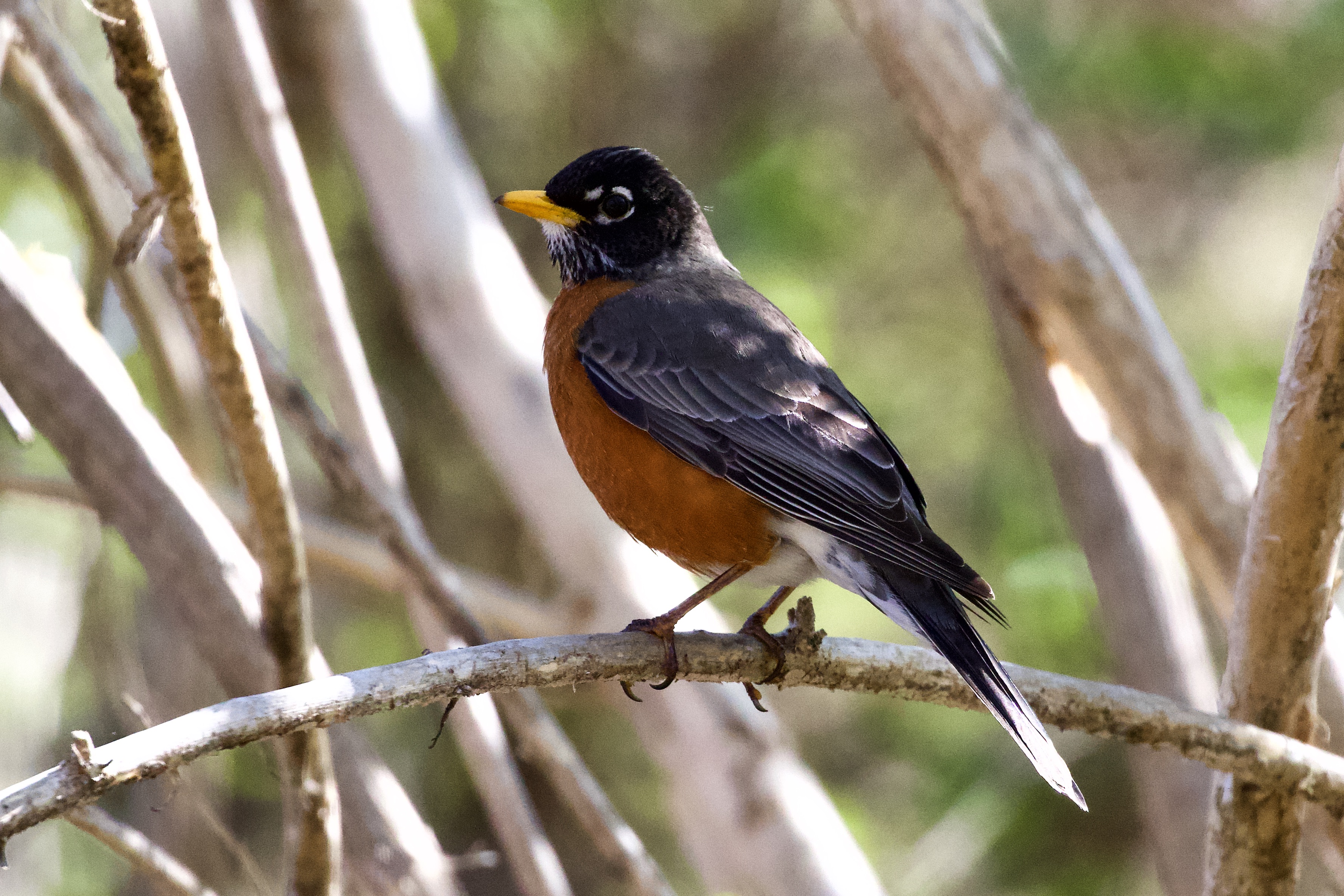
American Robin
American Robins are well known for their orange colored belly, cheery song early in the morning, and digging up worms from the ground. While they’re often considered one of the first signs of spring, many actually remain in the same place all year long (as long as food is available).

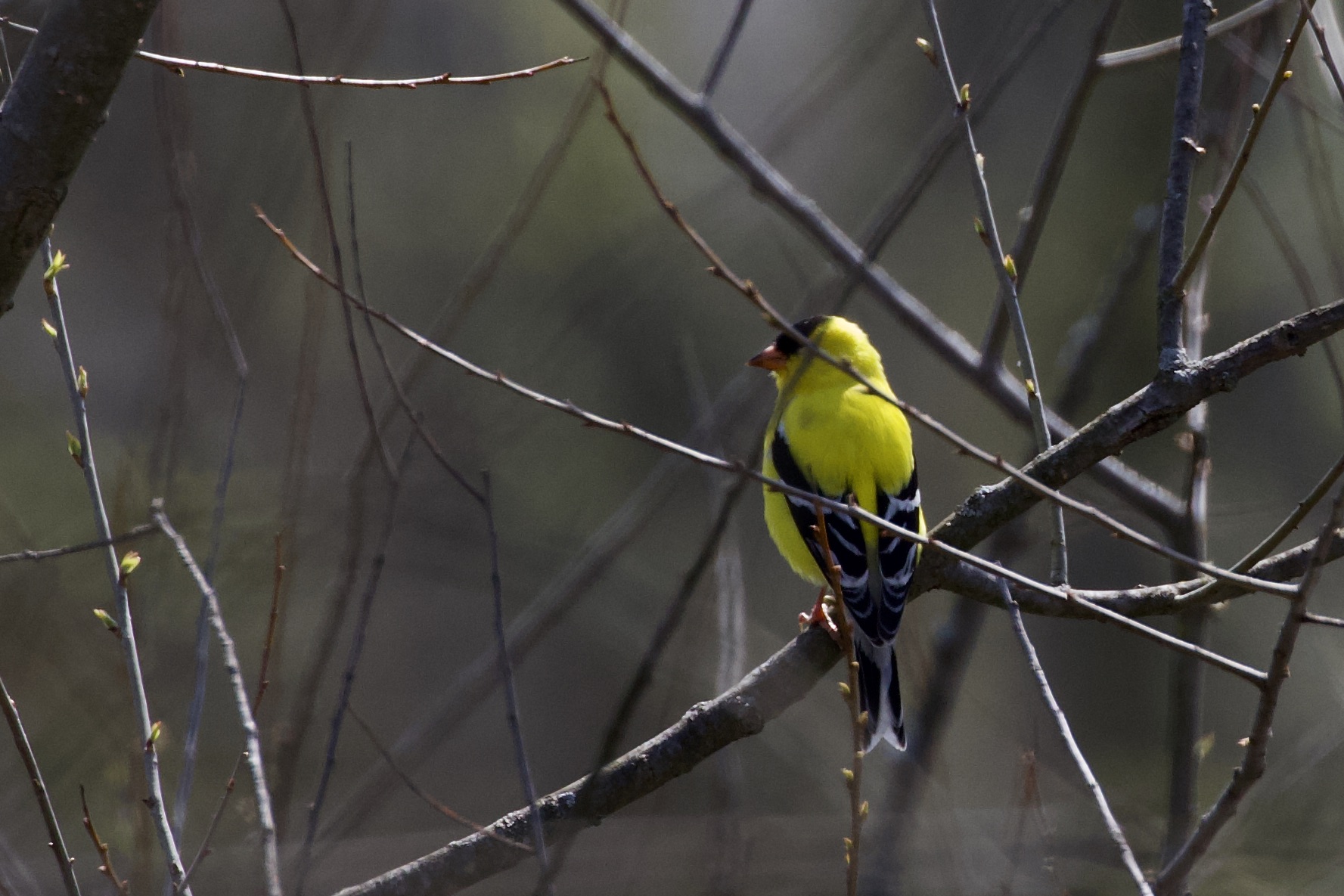
American Goldfinch
The American Goldfinch is the state bird to not just one, but three states: New Jersey, Iowa, and Washington. Males are a bright yellow with a bit of black and white while females are duller in color but can be spotted by their cone-shaped beaks.

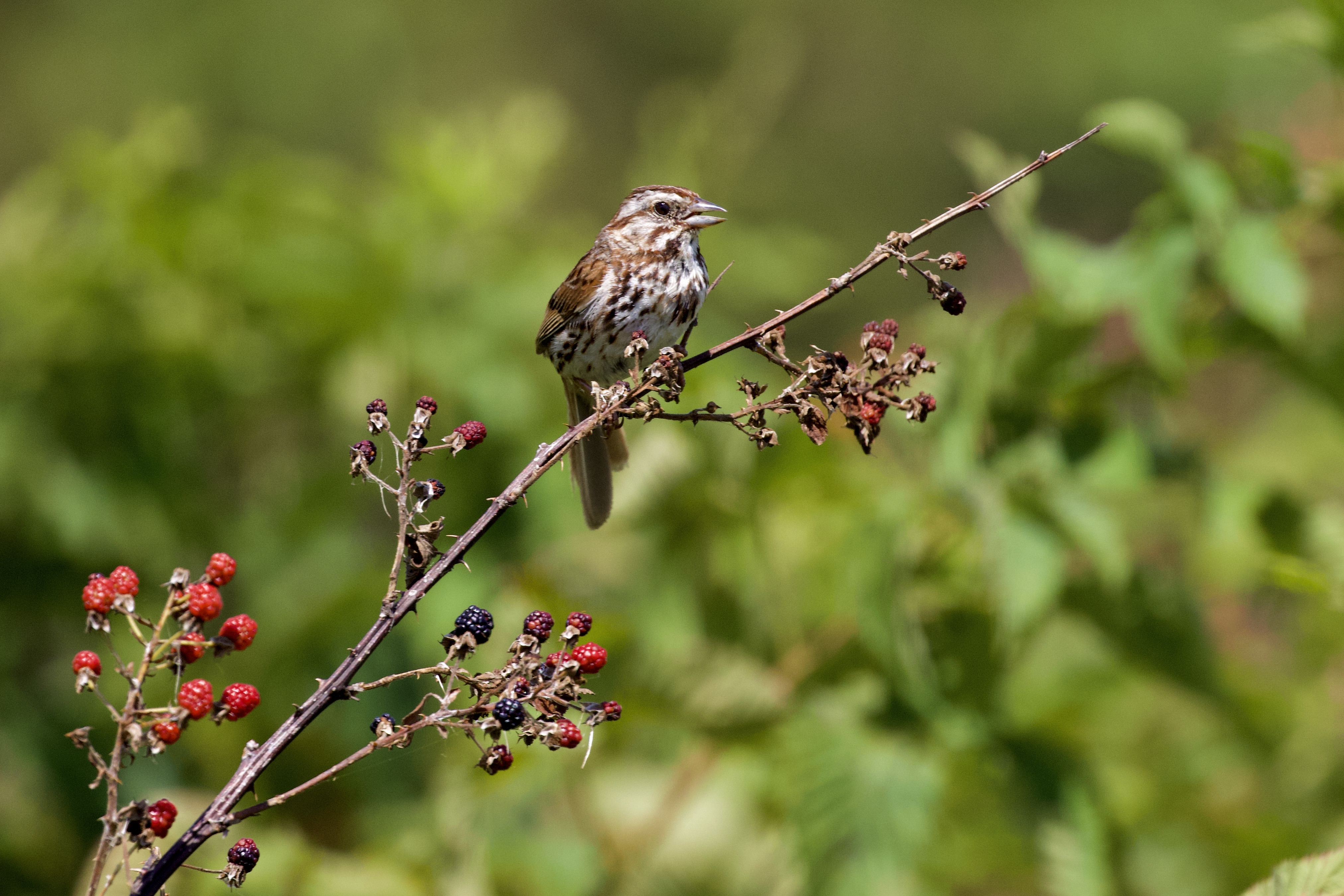
Song Sparrow
Song Sparrows are easily distinguishable thanks to their rich, brown-and-gray streaks that go down their white feathers. This bird is considered one of the most familiar birds in the Northeast. Their song typically consists of three short notes followed by a trill.
All bird photographs are by Don Weidemann.
“Birding is something that we do for enjoyment. So, if you enjoy it, then you’re a good birder.”
- Kenn Kaufman in 2011 Kaufman Field Guide to Advanced Birding